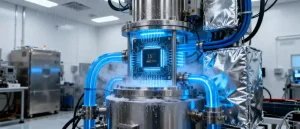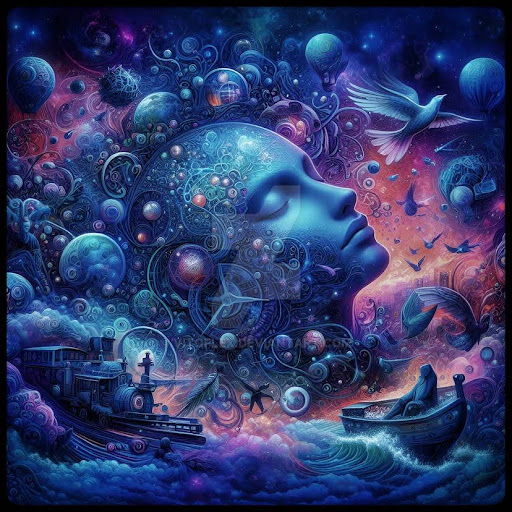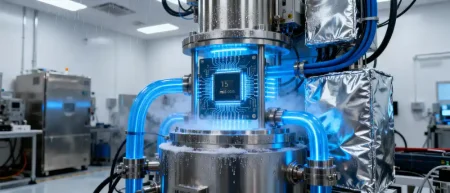The ability to communicate via dreams in real-time offers practical applications that could revolutionize the fields of therapy, training, education, art, architecture, music, and more.
In a groundbreaking study that brings the mind-bending movie Inception to mind, a team of scientists led by researchers at the Bay Area startup REMspace claim to have demonstrated two-way communication between people, in a lucid dream state! Now that statement, challenges not only our understanding of dreams (which isn’t much) but also our understanding of human consciousness (which incidentally, also isn’t much).
While the team of researchers (headed by REMspace CEO Michael Raduga) from the Bay Area simply claim to have created a communication loop within dreams, dream enthusiasts around the world are literally losing their minds with the news. If you’re not one of them, imagine a future where you could just go to sleep and meet old friends from your childhood, communicate, share ideas, tell stories, and even solve problems together.
Achievement unlocked
The study, while highlighting the potential use of lucid dreaming as a bridge between the conscious and unconscious, is rather vague on the exact technology in use. What we do know is that they used “sophisticated equipment” including a server, WiFi, sensors, and what is only described as an “apparatus.” We can guess that it was this apparatus that was used to guide participants into what’s known as REM sleep, the stage of sleep where you are most likely to lucid dream in.
Each participant (sleeping in a separate location) was equipped with a brainwave monitor, connected to a server that can detect exactly when a participant has achieved the lucid dream state.
This stage, also referred to as lucidity, was achieved by participants during the study, following which questions were posed to the dreamers. What’s interesting is that researchers were able to pose questions to participants during this stage with the use of audio cues and light flashes. What’s even more interesting is that the participants were able to communicate back, using prearranged eye movements and physical signals! While this proves that people in lucid dreams can communicate with people who are awake, what about two people who are both lucid dreaming?
So here’s where it gets really interesting, apparently the server was able to take the response from the first sleeping participant and pass it on to the second one, who was able to relay the message back to the server, completing the communication loop!
The implications
Now there’s no doubt that the ability to communicate via dreams in real-time offers practical applications that could revolutionize the fields of therapy, training, education, art, architecture, music, and more. Therapists could guide patients in real-time through a dreamworld of past traumas and experiences while teachers could create dream worlds to teach difficult concepts or to teach children who are differently abled.
The world of art and music, which is inherently related to the dreamworld, would come alive with collaborations between artists and musicians, all unhinged from the constraints of reality. Can you imagine if we could listen to the music that Jimi Hendrix dreamed of, or the paintings that Picasso saw in his head? We might actually witness innovation that wouldn’t have been possible during normal waking life!
All that being said, however, if you’ve watched the movie inception, you probably already know how wrong things can go when you start messing with people’s dreams. If you haven’t watched the movie yet, you’re in for one mind-bending ride. For now, achieving lucidity is hard enough for most people, and maintaining it is quite a bit harder.
While the technology to facilitate lucid dreaming is still in its infancy, as it progresses and more people are able to achieve lucidity, a serious conversation about the ethics and psychological implications is probably going to be necessary. Additionally, we’re also probably going to have to have some “security” measures in place to avoid any “Inception” of our passwords and secrets.
A new frontier
The dreamworld has been a mystery to humans ever since we began closing our eyes to sleep and remains one of the biggest mysteries in life. Considering the amount of time we spend in the dreamworld on a regular basis, you would think that we would have more answers by now but unfortunately we don’t. While this study does open up a world of possibilities, the methods are still quite rudimentary. There’s really only so much you can communicate with eye movements and gestures.
In a previous article we covered a device created by Japanese Scientists that could record your dreams like a movie, maybe a collaboration is in order. In conclusion, the dreamworld remains a mystery and probably the only new frontier that doesn’t require an astronaut and a spaceship.
In case you missed:
- Prophetic Halo: Turning Dreams into Conscious Playgrounds
- Could Contact Lenses be the Key to Fully Wearable BCIs?
- Humans Just Achieved Teleportation? Clickbait vs. Facts
- CDs are making a comeback, on a petabyte-scale capacity!
- ChatGPT-Psychosis: Lower focus, warped emotions, rising delusions!
- New Study Proves Gold Grows on Trees: What it means and why India should pay attention!
- Pi Coin vs Bitcoin: Round 2, Mainnet Launch
- Lab-Grown Brain Thinks It’s a Butterfly: Proof We’re in a Simulation?
- From Sci-Fi to Fake News: The Chinese Pregnancy Robot Claim!
- Quantum Computers: It’s now 20X easier to crack Bitcoin encryption than we thought!












